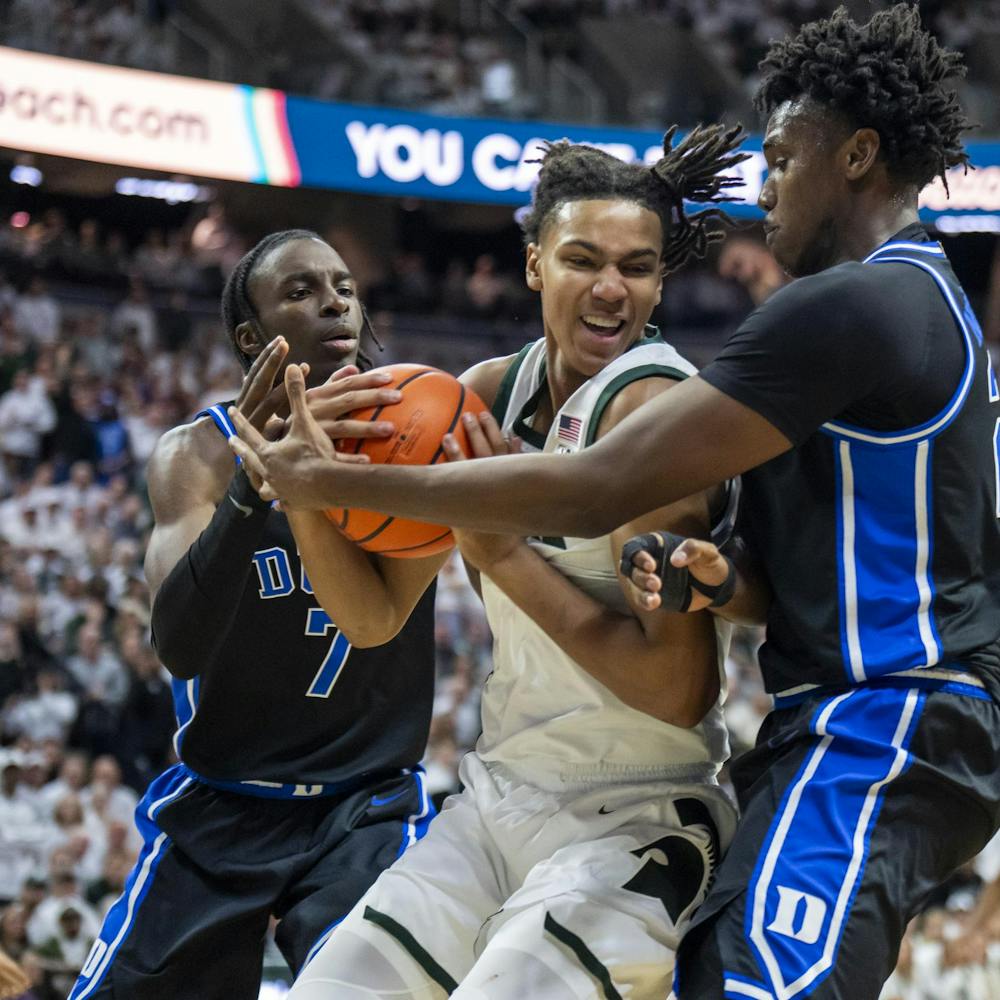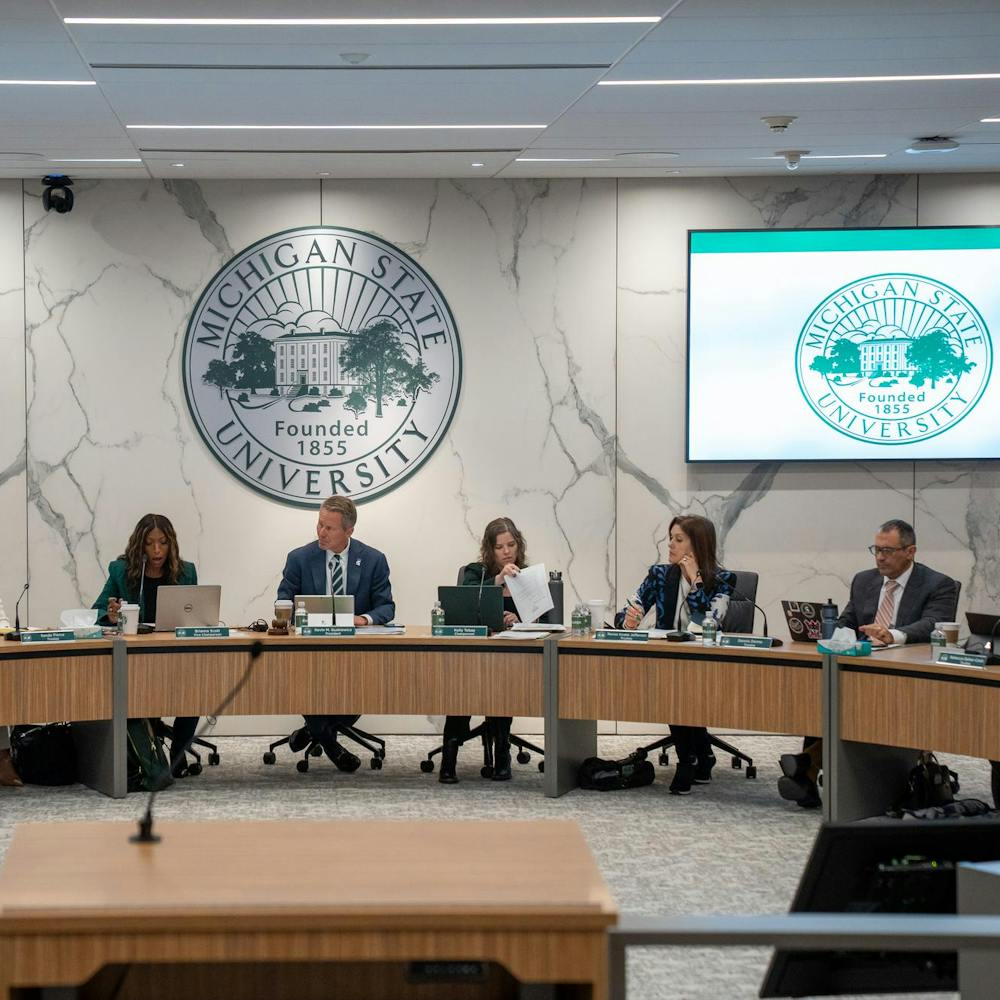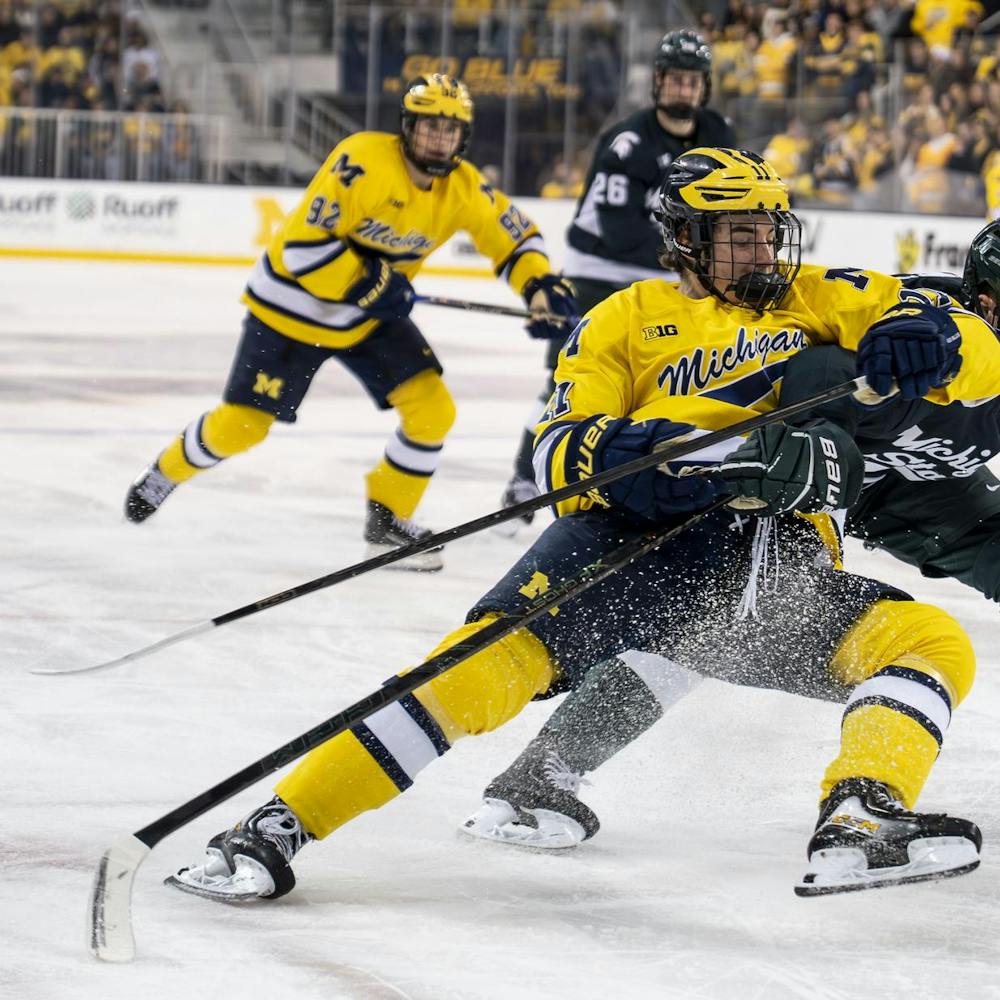Excessive alcohol use cost Michigan $8.2 billion in 2006, according to a new study released by the Centers for Disease Control and Prevention, or CDC.
The study examined the economic costs of binge drinking, which the Michigan Department of Community Health defines as consuming five or more drinks on an occasion for men or four or more drinks on an occasion for women.
The study based cost numbers on 26 different categories, including criminal justice, health care and medical bills, criminal justice fines, car accidents and property damage, said Angela Minicuci, MDCH public information officer.
“It’s a shocking number, but they cover a number of factors like workplace productivity, loss of job unemployment or even being unhappy at your job,” Minicuci said.
One area where the study came up short? The emotional effects of alcohol abuse, said Minicuci.
“We actually think that number is an underestimation, because the study didn’t look at costs associated with pain and suffering for the person drinking or for their families and loved ones,” she said. “Researchers didn’t examine therapy or counseling costs, for example.”
Students might be unaware of the often expensive health consequences of binge drinking. Some of those consequences include treatment for acute alcohol poisoning, alcohol-related car crashes and physical or sexual assaults, said MDCH Chief Medical Executive Matthew Davis in a statement.
“It’s all too common to see alcohol-associated injuries in our emergency rooms,” Davis said.
MSU students, especially underage students, busted for alcohol-related crimes also could find themselves paying a hefty price.
The CDC study estimated that approximately 10 percent of Michigan’s total cost came from the financial ramifications associated with underage drinking.
According to the East Lansing District Court, a first-offense Minor in Possession charge brings a $100 fine, and operating a vehicle while intoxicated or being caught with an open alcohol container can cost up to $500 in fines.
But Student Health Advisory Council, or SHAC, President Marisa Martini said resonating with students, not just scaring them, is key.
“We try to provide them realistic messages for staying safe, instead of just telling them ‘drinking is bad, don’t do it’,” Martini said.
Peer pressure might be a contributing factor to underage or binge drinking — according to the 2012 MSU Student Health Assessment, students indicated believing that the “typical” student drank 5.3 drinks the last time the “typical” student “partied.”
But according to the same assessment, most MSU students don’t drink to excess — 58 percent of MSU students reported consuming 0-4 drinks when they party and 92 percent of MSU students reported disapproval of drinking to the point of passing out.
SHAC works to tackle substance abuse on campus, Martini said, including discussing alcohol awareness and planning events geared toward distributing information, such as blood-alcohol-level charts, first aid kits and phone lists from Olin Health Center and Student Health Services.
“We understand that students may choose to drink on a college campus,” Martini said. “Our goal is to make sure they are being safe when doing so and have access to resources, such as the Counseling Center, if alcohol consumption turns into alcohol abuse.”
Support student media!
Please consider donating to The State News and help fund the future of journalism.
Discussion
Share and discuss “Report: Costs of excessive alcohol use top $8 billion ” on social media.






